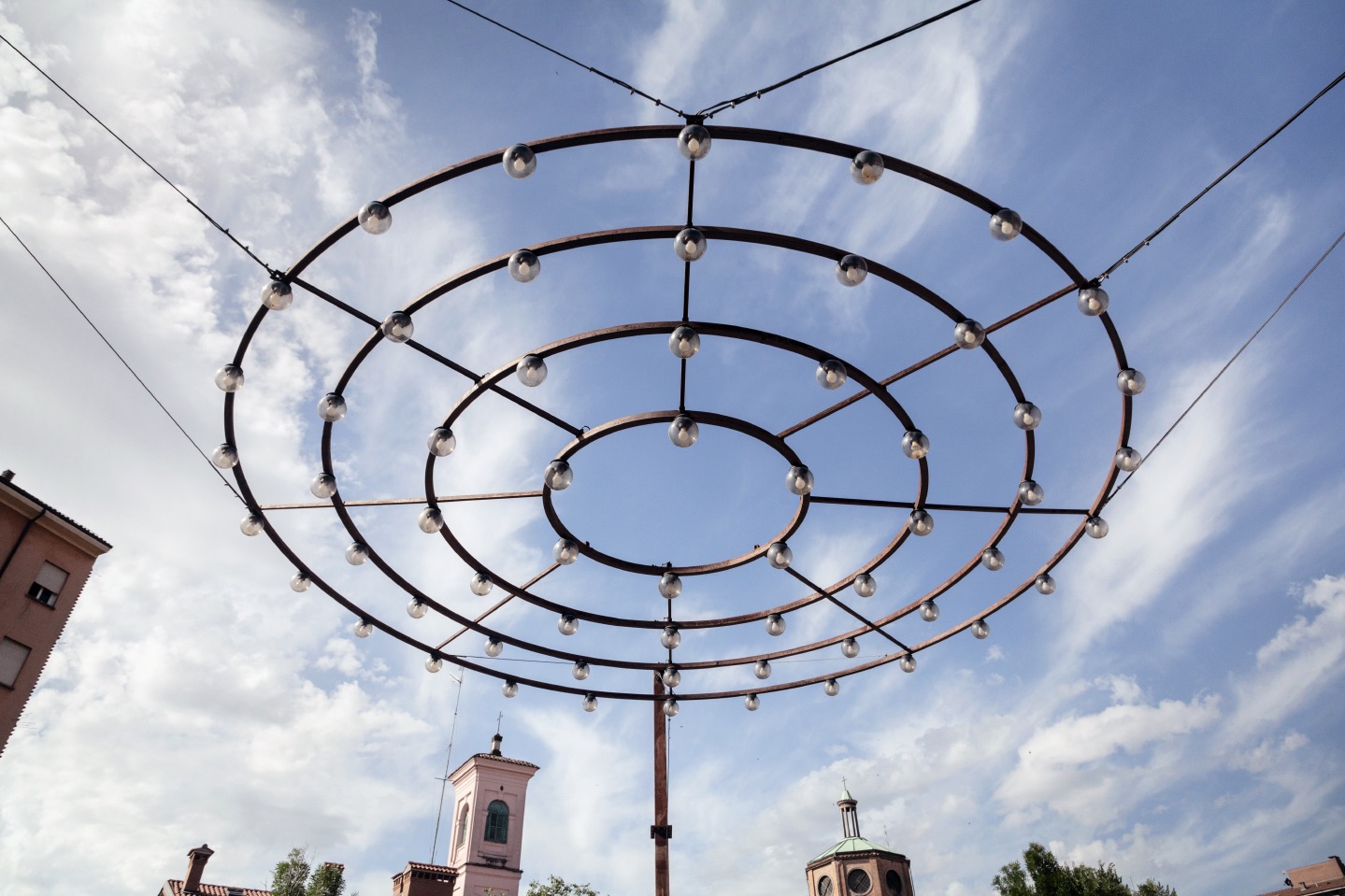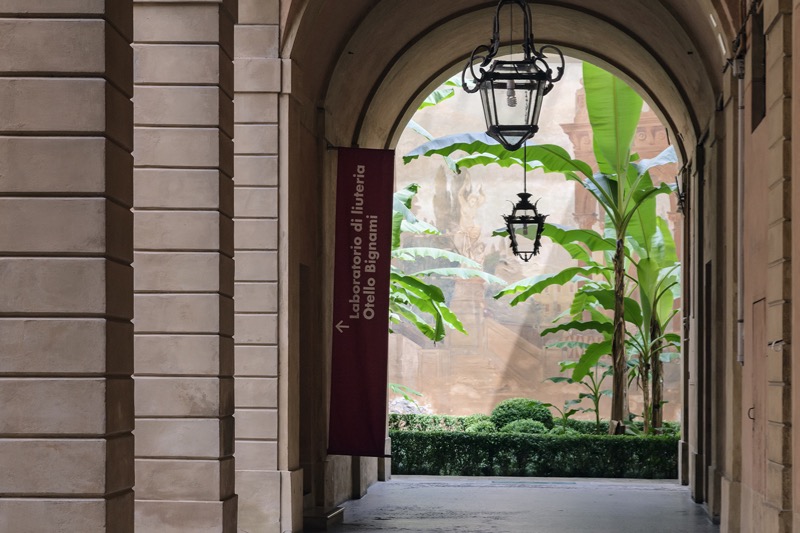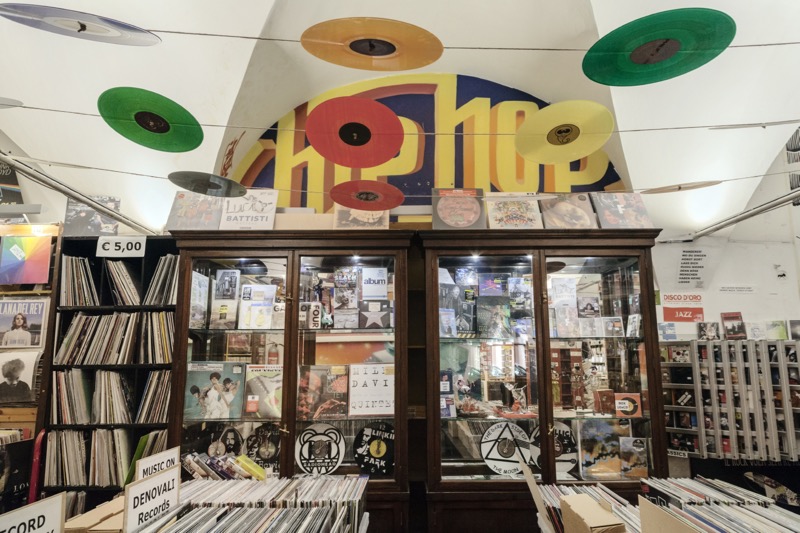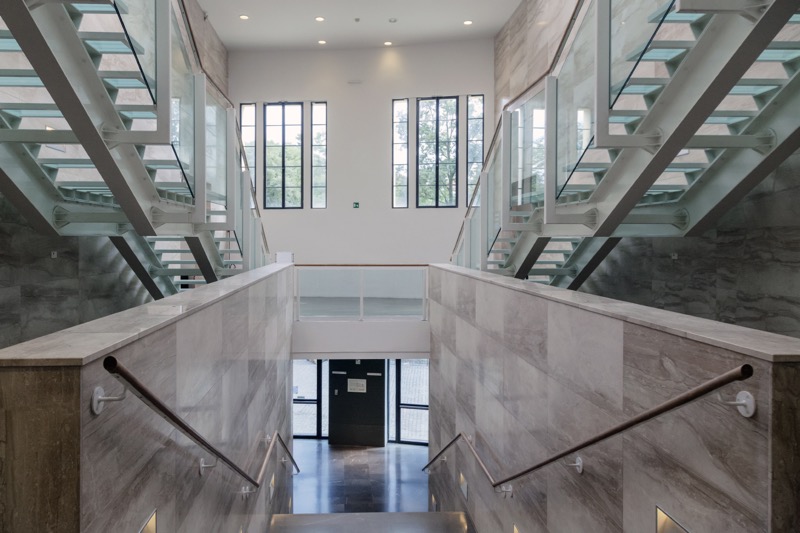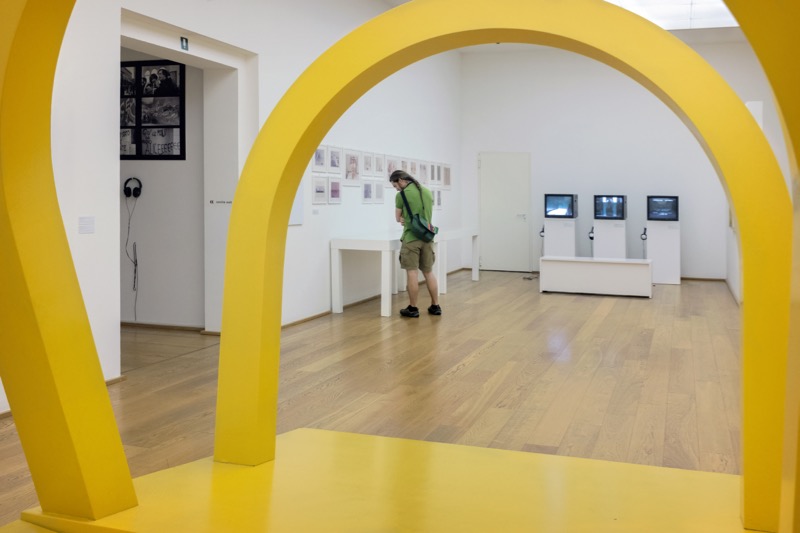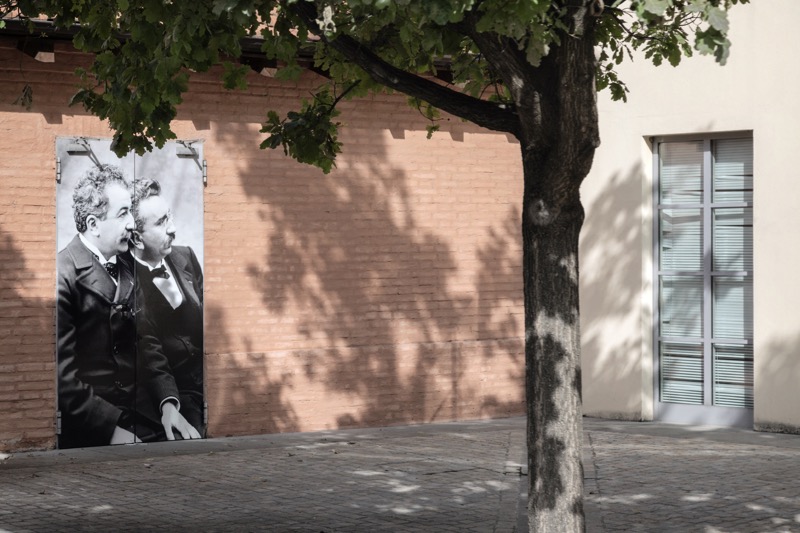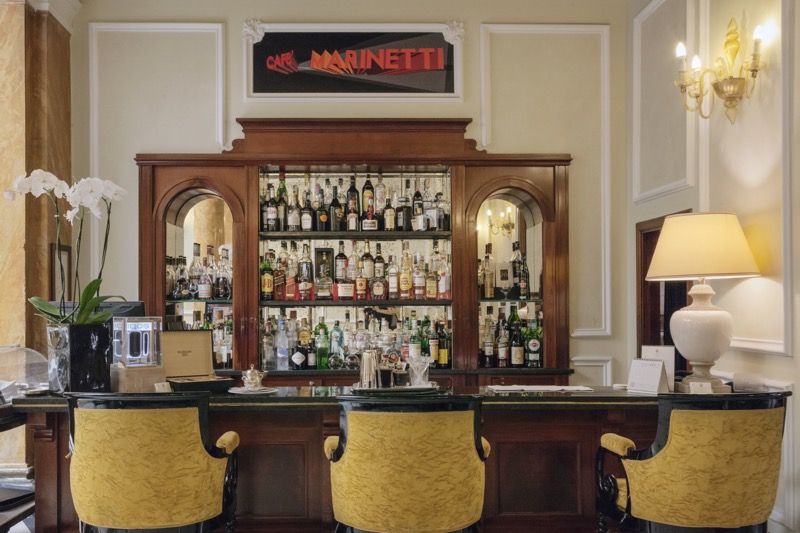Bologna is a city of culture, as we were saying, but above all of counterculture. It’s precisely this non-conformist wave that takes me to the nearby area of Piazza San Francesco. The Bolognese Movement of 1977 was marked by artistic and political experiments, such as the theatre workshops by the famous playwright Giuliano Scabia, the Dadaist fanzine A/traverso by Franco “Bifo” Berardi, but above all Radio Alice, Italy’s most important free radio station.
Following in the footsteps of the British pirates of the 1960s, on 9th February 1976, the radio station based at 41 Via del Pratello broke the monopoly on the airwaves, introducing the public to a new way of understanding communication. The brief yet intense life of Radio Alice lasted just 13 months. What remains of that welcoming place, where anyone could go to broadcast music, take part in a debate or simply spend the night in a sleeping bag on the floor, is a closed shutter, the destination of a thousand processions, preserving the memory and passions of an experience never forgotten.
Traum Fabrik at 20 Via Clavature is also a must-see. These apartments not far from Alice were occupied before 1977 and then transformed into training workshops, where comic books and music merged in a whirl of creativity without equal, giving life to bands such as Gaznevada and Skiantos, as well as the inimitable works of Andrea Pazienza. This building is also closed to the public, but a quick peek at a Bologna that no longer exists is a wonderful romantic gesture to this spectacular city and its history.
The directors Guido Chiesa and Renato De Maria dedicated two emblematic films to that turbulent and creative time. Chiesa released “Lavorare con Lentezza” [Working Slowly], inventing amid drama and comedy a credible imaginary episode to recount those years of Radio Alice frequency modulation. De Maria, on the other hand, directed “Paz!”, giving us an excerpt from the Bolognese Movement of ’77 centred entirely on the tormented figure of Apulian cartoonist Andrea Pazienza, told through his most famous characters.


